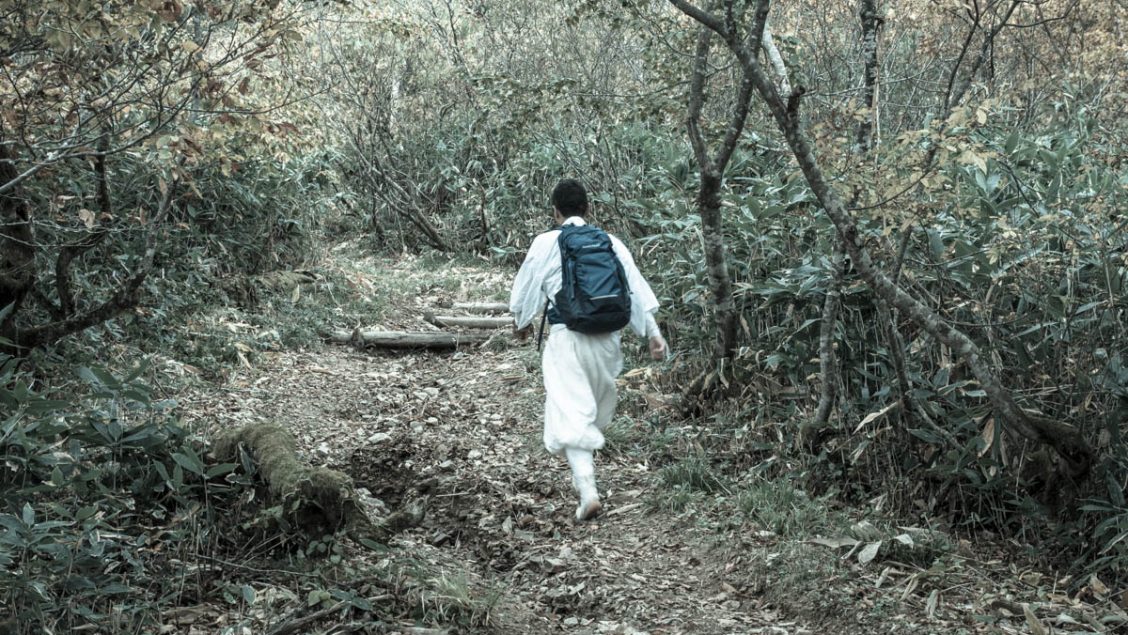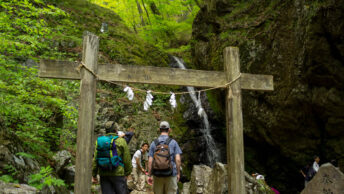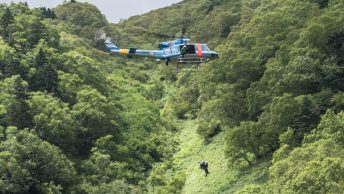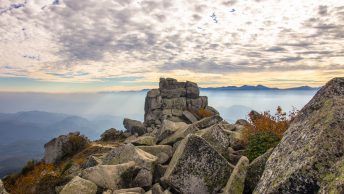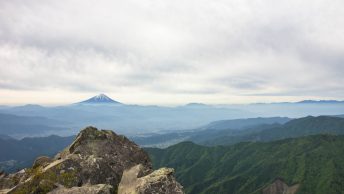The Weird and Wonderful World of Yamabushi
# 1. What is a Yamabushi?
Yamabushi also known Shugenja are the mountain-wandering priests of Japan. Their name literally means “those who lie in the mountains” from kanji 山 (yama) mountain and 伏 (bushi) in reference to those that go in search of enlightenment. They believe that you become spiritually enlightened and gain supernatural powers effective against evil spirits by communing in nature.
# 2. When did mountain worship begin?
Mountain asceticism can be traced back some 1,400 years to the supposed founder En-no-Gyoja a Japanese ascetic hermit from the seventh century.
# 3. Is it a religion?
They follow the Shugendo doctrine, a blending of eastern philosophies including esoteric Buddhism (secret teachings that can only be gotten from a guru), elements of Chinese Taoism and indigenous Shinto traditions.
# 4. Where do they practice?
During the Heian period (794–1185 CE) Shugendo prospered in many parts of Japan with Yamabushi serving as guides for pilrigms visiting Yoshino and Kumano. In modern times, Shugendo is practiced at Kimpusenji Temple in Yoshino, Ideha Shrine in Dewa Sanzan (Mt. Haguro, Mt. Gassan and Mt. Yudono) and Daigoji Temple in Kyoto.
# 5. Are there many full-time practicing Yamabushi?
Nowadays fully ordained monks are the minority, most practitioners of Shugendo are regular folk who have integrated it into their family and work life.
# 6. What training did they undergo?
The original Omine san pilgrimage took 75 days. The pilgrims were only allowed to eat wild food they sourced from the mountains. Those that succumbed to illness, injury or were undisciplined met severe punishments such being held upside down over a cliff or slung off a precipice.
# 7. What about these days?
Along with spending long periods in nature a Yamabushi’s path to spiritual enlightenment requires participating in feats of endurance such as hanging off cliffs, climbing chains fixed to rock walls, sitting under ice-cold waterfalls, walking over fire and chanting Buddhist mantras.
# 8. What do they wear?
A Yamabushi’s kit consists of a happi coat, hakama (split-leg trousers), a black cap called a tokin worn on the forehead, goat or deerskin hisshiki hung around the rear for warmth, straw sandals and a ringed staff. They would also normally carry a conch shell known as a horagai for communicating over long distances.
# 9. Are there female Yamabushi?
Although traditionally the reserve of men, Kimpusenji in Yoshino and Dewa Sanzan have recently allowed women practitioners. Women are prohibited from climbing Mt. Omine a sacred Yamabushi peak in Nara Prefecture on the basis that menstruation and childbirth are linked to Shinto concepts of impurity.
# 10. How can I become a Yamabushi?
Aspiring Yamabushi, can undergo a mountain training programs at Hakusan and Dewa under the direction of certified guides. Yamabushido offers a 5-day full Yamabushi training program open to everyone whether foreign, Japanese, male or female.
